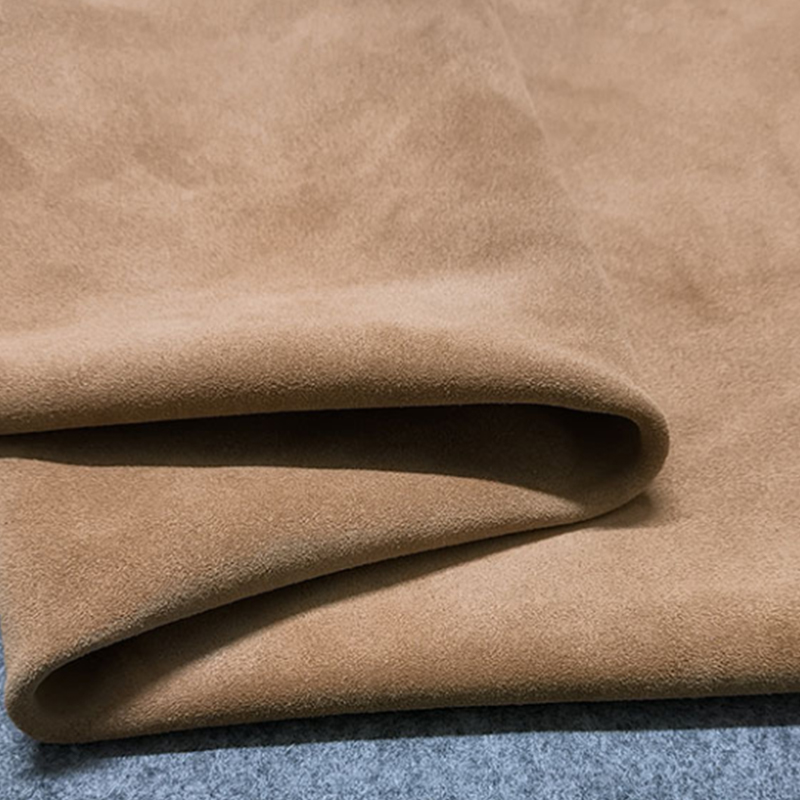In today's environmentally conscious world, the textile industry faces increasing pressure to address the challenges of waste and pollution. Polyester elastic fabric, commonly used in various applications including apparel and activewear, presents a unique recycling challenge due to its blend of polyester fibers with elastic components like spandex or elastane.
Understanding the Challenge
Polyester elastic fabric, while durable and versatile, poses difficulties for traditional recycling methods due to the presence of elastic fibers. Mechanical recycling, a common approach in textile recycling, involves shredding materials into smaller fibers for reuse. However, the resilience of elastic fibers can complicate this process, leading to inefficiencies and reduced material quality.
Innovative Recycling Solutions
1. Chemical Recycling:
Chemical recycling methods offer a promising avenue for separating polyester fibers from elastic components. Processes such as glycolysis or hydrolysis break down polyester elastic fabric into its molecular constituents, enabling the creation of high-quality recycled polyester materials without compromising performance or durability.

2. Pyrolysis:
Pyrolysis, a thermal decomposition process, involves heating polyester elastic fabric in the absence of oxygen to break it down into its constituent elements. This method yields valuable products such as polyester monomers, which can be used as feedstock for manufacturing new materials or as alternative fuel sources.
3. Textile-to-Textile Recycling:
Specialized technologies are being developed to address the challenge of recycling mixed-fiber textiles like polyester elastic fabric. Advanced sorting techniques are employed to separate different fiber types before recycling, enabling the creation of new textile products from recycled materials.
4. Upcycling:
Rather than breaking down Polyester elastic fabric into raw materials, upcycling offers an alternative approach to recycling. By repurposing old garments or textiles into new products with higher value or functionality, upcycling minimizes waste and promotes circularity within the fashion industry.
The Role of Closed-Loop Systems
Closed-loop systems play a crucial role in the recycling of polyester elastic fabric. These systems involve collecting used textiles from consumers, recycling them using appropriate methods, and reintroducing the recycled materials into the production process. By closing the loop, manufacturers reduce the demand for virgin materials and minimize environmental impact.
Encouraging Consumer Participation
Consumer education and engagement are essential components of successful recycling initiatives. Encouraging consumers to recycle their polyester elastic fabric through designated collection points or recycling programs can help divert these materials from landfills and facilitate their proper processing and recycling.